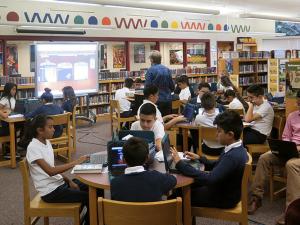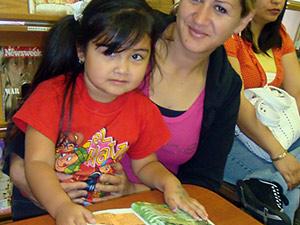

Research Bio
Bruce Fuller’s work focuses on how public policies aim to penetrate into local organizations–schools and families–to change the behavior or moral commitments of local actors. In his work on decentralizing policy, he shows how school reforms often fail to accomplish these changes, leading him to institutional and political questions around how to construct more effective policies. He pursues these topics in cross-cultural settings, ranging from Latino communities of east Boston to impoverished communities in South Africa.
Research Expertise and Interest
policy analysis and evaluation, reform issues, charter schools, child care, early childhood development, economy and education
In the News
California Researchers Awarded $3 Million Federal Grant to Uncover the Impact of the Pandemic on PreK-12 Students
Students From Low-Income Families Are Increasingly Isolated in the Nation’s Schools, Complicating Efforts to Remedy ‘Learning Loss’ During the Pandemic, Study Finds
Despite New York City’s ambitious experiment in pre-K education, racial gaps continue to grow, Berkeley study finds
New funding lifts L.A. schools, but disadvantaged students still lag
School segregation worsens for Latino children compared with a generation ago
Efforts to lift children and families could fit California’s budget, new study says
Child care, preschool remain hard to find, and stark gaps exist in California
Study: L.A. lacks plan for narrowing achievement gaps, four years after funding reform
Study shows preschool benefits middle-class kids, with biggest boost for black youngsters
New York’s preschool expansion tilts system toward better-off families
Rather than extending access to new families, Mayor Bill de Blasio’s robust expansion of free preschool across New York City has instead drawn thousands of children from existing programs and aided better-off families who already enjoyed abundant preschool supply.
Mexican American toddlers lag in preliteracy skills, but not in their social skills, new study shows
Mexican American preschoolers fall behind their white counterparts in terms of early language and preliteracy skills, but the social competencies between the two groups are indistinguishable, according to new research from the University of California, Berkeley, and UCLA.
New study links LA Unified’s new schools to elementary student performance benefits
Researchers at the University of California, Berkeley, examined the Los Angeles School District’s unprecedented school building program and found that thousands of children moving into new elementary schools over the 2002-2008 construction period enjoyed strong achievement gains that equaled up to 35 additional days of instruction, compared with the progress made by the average LA Unified student.
Latino preschool enrollment drop could widen achievement gaps, hurt workforce quality, study says
The percentage of Latino children attending preschool fell substantially during the nation’s deep recession, according to a study to be released April 8 by researchers from UC Berkeley.
Researchers advocate teacher training, mentoring to boost preschool results
Researchers advocate teacher training, mentoring to boost preschool results The report, Lifting Pre-K Quality: Caring and Effective Teachers," says governors and federal leaders should rely less on regulations and more on improving teacher quality to combat the often disappointing benefits of preschool.













